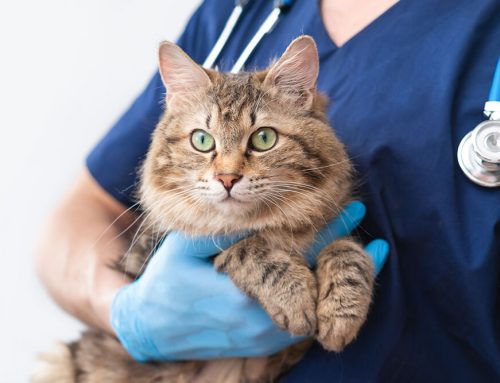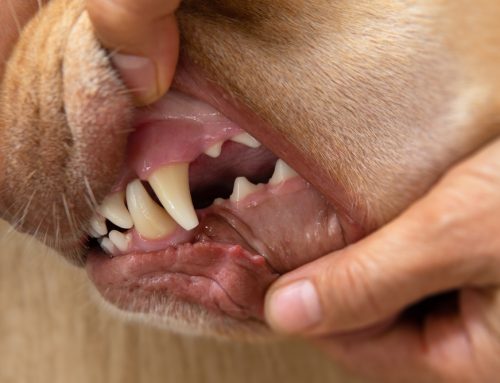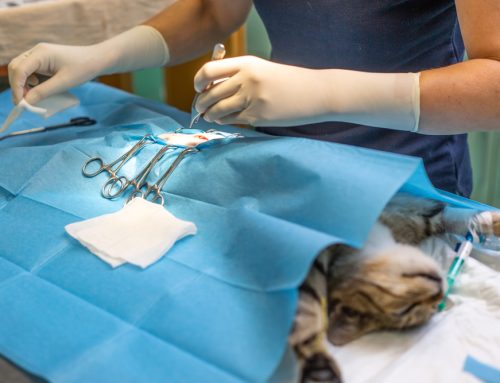Understanding Separation Anxiety in Pets: A Guide by Santa Monica Veterinary Group
Separation anxiety is a common but distressing condition affecting both dogs and cats. Pets experiencing separation anxiety struggle with being left alone, often exhibiting behaviors such as excessive barking, destructive tendencies, or house soiling. In severe cases, they may even self-harm or develop health issues due to chronic stress.
At Santa Monica Veterinary Group, we understand how overwhelming it can be to see your pet in distress. This guide will help you recognize the signs, understand the causes, and explore effective strategies to manage separation anxiety and improve your pet’s well-being.
What is Separation Anxiety in Pets?
Separation anxiety occurs when a pet experiences intense stress or panic when separated from their owner. Unlike mild loneliness, this condition can disrupt daily life and lead to severe emotional and physical distress.
Common Symptoms of Separation Anxiety
Pets with separation anxiety may display:
- Destructive behaviors – Chewing furniture, scratching doors, tearing up household items
- Excessive vocalization – Persistent barking, whining, or howling when left alone
- House soiling – Urinating or defecating indoors despite being house-trained
- Pacing and restlessness – Moving anxiously around the home
- Self-harm – Over-grooming, excessive licking, or chewing paws
In some cases, pets may exhibit increased heart rate, panting, drooling, or digestive issues like diarrhea due to heightened stress. Learn more about separation anxiety in dogs from the ASPCA.
What Causes Separation Anxiety in Dogs and Cats?
Common Triggers for Separation Anxiety
Several factors contribute to separation anxiety, including:
- Changes in routine – A new work schedule, recent move, or major life change
- History of abandonment – Shelter-adopted pets may fear being left again
- Lack of early socialization – Pets who haven’t been exposed to alone time as puppies or kittens
- Genetic predisposition – Some breeds are more prone to anxiety
- Over-attachment – Clingy pets who constantly follow their owner around the house
Understanding your pet’s specific triggers is key to developing a customized management plan.
How to Identify Separation Anxiety in Your Pet
Behavioral Signs to Watch For
If your pet shows any of the following when left alone, separation anxiety could be the cause:
- Destructive behavior – Chewing, digging, or scratching at doors
- Excessive vocalization – Howling, whining, barking, or yowling
- House soiling – Urination or defecation indoors despite proper training
Emotional and Physical Indicators
- Restlessness or pacing
- Excessive grooming or licking
- Panting, drooling, or trembling
- Loss of appetite or digestive upset
Recognizing these signs early on allows for quicker intervention and more effective solutions.
Proven Strategies for Managing Separation Anxiety
1. Training Techniques to Reduce Anxiety
- Gradual Alone-Time Training – Start with short absences and slowly increase duration
- Counterconditioning – Associate alone time with positive experiences, such as treats or puzzle toys
- Desensitization – Reduce sensitivity to departure cues (e.g., putting on shoes without leaving)
2. Environmental Adjustments
Creating a calming home environment can help ease stress:
- Interactive toys – Keep pets engaged with food puzzles, chew toys, and treat dispensers
- Calming aids – Use pheromone diffusers (Adaptil for dogs, Feliway for cats)
- Background noise – Play soft music or white noise to mask outside disturbances
For severe cases, some pets may benefit from anxiety-reducing medications prescribed by a veterinarian.
Behavioral Modification Techniques to Help Your Pet
1. Desensitization Training
This involves gradually exposing your pet to being alone in a controlled way:
- Start with brief separations (30 seconds to 1 minute) and slowly increase the duration
- Use positive reinforcement (give a treat before leaving and ignore them upon returning)
- Avoid dramatic goodbyes and greetings, as these can heighten anxiety
2. Counterconditioning
Alter your pet’s emotional response to alone time:
- Offer a high-value chew or puzzle toy before leaving
- Play relaxing music to create a calming atmosphere
- Provide a designated safe space, like a crate or cozy room
These methods help retrain your pet’s brain to view alone time as a normal, non-threatening experience.
When to Seek Professional Help
Signs That Warrant Veterinary Attention
If your pet’s anxiety:
- Does not improve with training
- Becomes more severe over time
- Leads to self-injury or destructive behaviors
It’s time to seek professional guidance. A veterinarian may recommend:
- Personalized behavior modification plans
- Anti-anxiety medications (when needed for severe cases)
- Specialized training sessions with a behaviorist
Severe separation anxiety can negatively impact a pet’s quality of life if left untreated. Learn more about our expert team at Santa Monica Veterinary Group.
Preventing Separation Anxiety in Pets
Early Training and Socialization
The best way to prevent separation anxiety is to train pets from a young age:
-
- Teach gradual independence – Encourage short periods of alone time
- Stick to a daily routine – Consistency helps pets feel secure
- Use positive reinforcement – Reward calm, independent behavior
For pets with previous anxiety, maintaining stability and predictability is essential.
For related concerns, read about noise aversion in pets. Need direct assistance? Contact us today for expert advice.

FAQs: Managing Separation Anxiety in Pets
How can I tell if my pet has separation anxiety?
Look for signs such as destructive behavior, excessive vocalization, and house soiling that occur only when left alone.
Can separation anxiety be cured?
While some pets always retain some anxiety, consistent training and management can significantly reduce symptoms.
What are the first steps I should take if my pet shows symptoms?
-
-
- Identify triggers and start gradual training.
- Use enrichment tools like treat-dispensing toys.
- Create a predictable routine to reduce stress.
-
By recognizing the signs and implementing these strategies, you can help your pet feel more secure and comfortable when left alone.
Helping Your Pet Overcome Separation Anxiety
Separation anxiety can be challenging, but with patience, training, and professional support, you can help your pet feel safe and confident.
At Santa Monica Veterinary Group, we are committed to providing expert guidance and compassionate care to improve your pet’s emotional well-being. If you’re struggling with your pet’s anxiety, schedule an appointment today for a customized treatment plan.







Leave A Comment